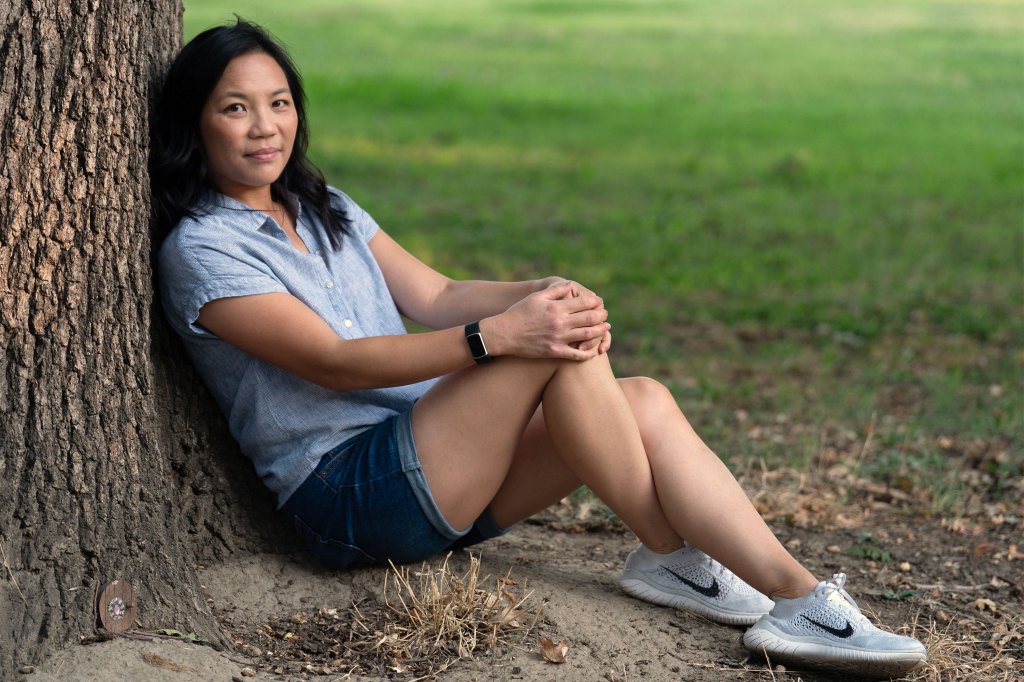Grenada Food and Nutrition Council 2024 Daycare Survey Report
1 year 1 month ago
Community, Education, Health, PRESS RELEASE, Youth, child development centre, daycare, daycare survey report, department of public health and preventive medicine, gardeina savoury, gfnc, grenada food and nutrition council, sgu, st george’s university
Medical News, Health News Latest, Medical News Today - Medical Dialogues |
RG Kar medico rape-murder case: Bengal Doctors' Forum advisor claims 'She knew too much and was silenced'
1 year 2 months ago
News,Health news,Hospital & Diagnostics,Doctor News,Notifications,Recent Health News
Breast Cancer Rises Among Asian American and Pacific Islander Women
1 year 2 months ago
california, Multimedia, Race and Health, States, Cancer, Women's Health
Medical News, Health News Latest, Medical News Today - Medical Dialogues |
Intake of aquatic plant Mankai may reduce post-meal sugar levels in diabetics, suggests study
1 year 2 months ago
Diabetes and Endocrinology,Diabetes and Endocrinology News,Top Medical News,Latest Medical News
Health officials report first case of Oropouche virus, aka ‘Sloth Fever,’ confirmed in Kentucky - User-generated content
- Health officials report first case of Oropouche virus, aka ‘Sloth Fever,’ confirmed in Kentucky User-generated content
- Canada issues new travel advice as Oropouche virus spread by bug bites sparks outbreaks in Cuba and South America Toronto Star
- What Is the Oropouche Virus Found in US Travelers to Cuba? VOA Learning English
- Canada issues new travel advice amid spread of bug-transmitted disease CTV News
- Canada warns pregnant travellers of ‘risks’ from Oropouche fever Global News Toronto
1 year 2 months ago
First case of Oropouche virus, aka ‘Sloth Fever,’ confirmed in Kentucky - Kentucky Today
- First case of Oropouche virus, aka ‘Sloth Fever,’ confirmed in Kentucky Kentucky Today
- What Is the Oropouche Virus Found in US Travelers to Cuba? VOA Learning English
- Canada issues new travel advice as Oropouche virus spread by bug bites sparks outbreaks in Cuba and South America Toronto Star
- Canada issues new travel advice amid spread of bug-transmitted disease CTV News
- Canada warns pregnant travellers of ‘risks’ from Oropouche fever Global News Toronto
1 year 2 months ago
Cuba faces uphill battle as Oropouche virus spreads - AOL
- Cuba faces uphill battle as Oropouche virus spreads AOL
- What you need to know about 'sloth fever' after 21 cases confirmed among US travelers ABC News
- What Is the Oropouche Virus Found in US Travelers to Cuba? VOA Learning English
- Florida State Health officials report 10 cases of sloth fever within the past month WPBF West Palm Beach
- 'Sloth Fever' Virus Is Spreading. Here’s What You Need to Know about Oropouche Scientific American
1 year 2 months ago
What Is the Oropouche Virus Found in US Travelers to Cuba? - VOA Learning English
- What Is the Oropouche Virus Found in US Travelers to Cuba? VOA Learning English
- What to know about the Oropouche virus, also known as sloth fever The Associated Press
- Florida State Health officials report 10 cases of sloth fever within the past month WPBF West Palm Beach
- 'Sloth Fever' Virus Is Spreading. Here’s What You Need to Know about Oropouche Scientific American
- Sloth Fever: What To Know As Potentially Dangerous Oropouche Virus Detected In U.S. Forbes
1 year 2 months ago
Mpox patients lack medicine, food, in east DR Congo hospital - Reuters.com
- Mpox patients lack medicine, food, in east DR Congo hospital Reuters.com
- Mpox outbreak: DR Congo faces severe medicine shortages and overcrowding Africanews English
- Mpox (monkeypox) and children UNICEF
- Another worldwide alert – mpox is spreading. Here are three steps we can take to head it off | Gordon Brown The Guardian
- Mpox is spreading rapidly. Here are the questions researchers are racing to answer Nature.com
1 year 2 months ago
Caricom to equip youth practitioners and leaders with mental health first-aid skills
1 year 2 months ago
Health, PRESS RELEASE, Youth, caricom, caricom mental health first aid, caricom single market and economy, caricom youth ambassadors, climate change and health project, csme, mhfa, michele small-bartley, paho, pan american health organisation
Mpox outbreak: DR Congo faces severe medicine shortages and overcrowding - Africanews English
- Mpox outbreak: DR Congo faces severe medicine shortages and overcrowding Africanews English
- Mpox vaccines to arrive in DR Congo in next few days, WHO says Reuters.com
- Mpox (monkeypox) and children UNICEF
- Another worldwide alert – mpox is spreading. Here are three steps we can take to head it off | Gordon Brown The Guardian
- Experts blame Africa's mpox outbreaks on neglect, world's inability to stop epidemics VOA Asia
1 year 2 months ago
Heart attacks on the rise in young people - Trinidad & Tobago Express Newspapers
- Heart attacks on the rise in young people Trinidad & Tobago Express Newspapers
- Surge In Heart Attack Risk Among Youth: What’s Driving It | Health Live ABP Live
- Heart attack cases on the rise among young people in Himachal Pradesh The Tribune India
1 year 2 months ago
Health Archives - Barbados Today
Districts in Christ Church and St George to be fogged
1 year 2 months ago
Health, Local News, Alerts, Sponsored


